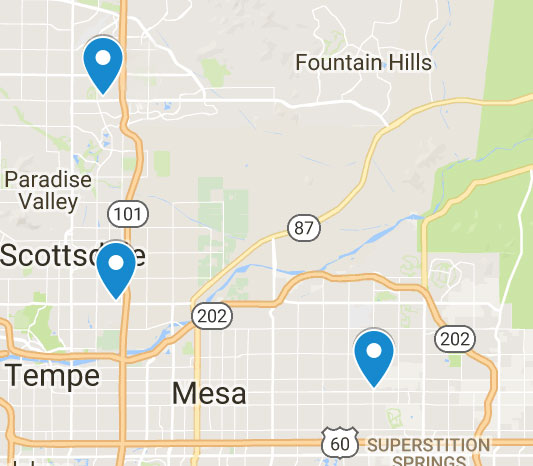 As the American population ages, more and more individuals are experiencing hearing loss. Approximately 44 million adult Americans in 2020 will experience some degree of hearing loss. That number is expected to increase to 73.5 million by 2060. The greatest increase will be among older adults age 70 and older. Currently, hearing loss is the third most chronic condition in the US. To put the numbers in perspective, twice as many people report hearing loss as diabetes or cancer.
As the American population ages, more and more individuals are experiencing hearing loss. Approximately 44 million adult Americans in 2020 will experience some degree of hearing loss. That number is expected to increase to 73.5 million by 2060. The greatest increase will be among older adults age 70 and older. Currently, hearing loss is the third most chronic condition in the US. To put the numbers in perspective, twice as many people report hearing loss as diabetes or cancer.
Impact of Increased Hearing Loss
It’s important to remember that hearing loss can take a toll on an individual’s quality of life. Oftentimes, it can affect their ability to work or communicate and engage socially with family and friends. With older adults, it is important that they stay active and social. Hearing loss has been shown to lead to a decrease in mental acuity, another reason why it is so important to have preventative hearing care.
Among our aging population, it has been shown that older adults with hearing loss often show more signs of depression, anxiety, falls, and higher rates of hospitalizations.
Signs of Hearing Loss
There are some common signs that may indicate that your loved one may be experiencing hearing loss:
- Isolation
- Staring
- Speaking loud
- Not engaging in conversation
- Repeating themselves
Adults with hearing loss often feel “left out” of conversations. They may hear only pieces of the conversation so they choice to stay silent.
How loud is too loud?
According to the ASHA website, the noise chart below lists average decibel levels for everyday sounds around you.
- Painful
150 dB = fireworks at 3 feet
140 dB = firearms, jet engine
130 dB = jackhammer
120 dB = jet plane takeoff, siren
- Extremely Loud
110 dB = maximum output of some MP3 players, model airplane, chain saw
106 dB = gas lawn mower, snowblower
100 dB = hand drill, pneumatic drill
90 dB = subway, passing motorcycle
- Very Loud
80–90 dB = blow-dryer, kitchen blender, food processor
70 dB = busy traffic, vacuum cleaner, alarm clock
- Moderate
60 dB = typical conversation, dishwasher, clothes dryer
50 dB = moderate rainfall
40 dB = quiet room
- Faint
30 dB = whisper, quiet library
It’s never too early
Taking care of your hearing before hearing loss occurs is key to successful outcomes. Hearing testing should begin by age 55.
Some common culprits of hearing loss include, leaf blowers, loud concerts and even cellphone use. It has also been shown that one in four adults say their hearing is good or even excellent but already exhibit signs of hearing damage.
It’s also important to remember that there are ways to treat and prevent hearing loss. The most common cause of hearing loss is from exposure to loud music and noisy workplaces. It is vital that individuals limit their exposure to industrial noise at workplaces and sound from headphones. If they can’t be avoided, then ALWAYS employ the use of earplugs or noise reducing headphones.
If you are over the age of 55, or think that you might already have some degree of hearing loss, give us a call and schedule a hearing test and comprehensive hearing checkup.

